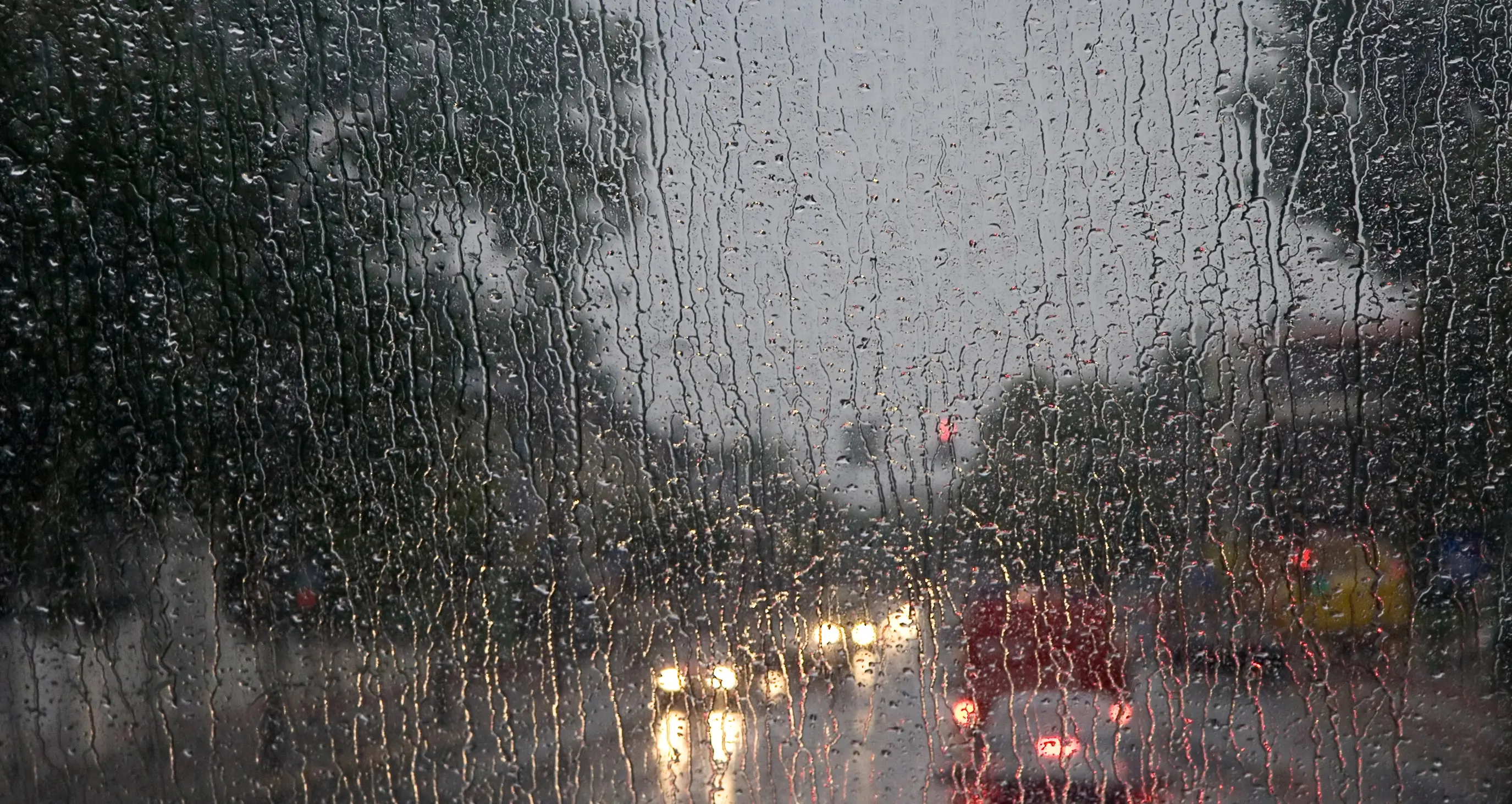Question: I am going for my driving test next week, and the weather calls for rain. I have never driven in the rain, so I’m a bit concerned. Does the DMV conduct driving tests in the rain? Should I do anything differently if it’s raining?
Answer: Yes, DMVs will conduct tests despite the rain. However, sometimes they cancel tests if the circumstances are unusual or unsafe, such as inclement weather, road construction or other events.
Your test is not likely to be canceled if it’s just normal rain with decent visibility and where roads aren’t flooded.
Of course, as the car’s driver, you are responsible for the safety of the examiner, so in some states, they make you demonstrate that you know how your car functions. In California, you go through a pre-drive checklist to show that you know how to operate your car and to show your car is roadworthy. Here are some key functions you will need to prove you can perform:
- Driver’s window
- Rear-view mirrors
- Turn signals
- Brake lights
- Foot brake
- Horn
- Emergency (parking) brake
- Arm signals
- Windshield wipers
- Defroster
- Emergency flasher (hazard lights)
- Headlights
- Glove box
- Seatbelts
During inclement weather, California driving examiners will have you demonstrate that the items listed in boldface above actually function, or your test will be rescheduled. On the other hand, Florida requires all items to be in working condition, regardless of weather conditions.
Some states will inform you when there are test cancellations. You can check this website if you’re in New York state. As for what happens after a DMV-initiated cancellation, that can vary by state. In Maine, for example, all scheduled road tests were canceled the day before expected inclement weather, and the state automatically scheduled the canceled test at the earliest appointment, notifying test-takers of their new dates by mail and phone.
How to take a driving test during bad weather
If you have to take a test during bad weather, you should drive confidently and safely. The standards for driving during wet weather are a bit different.
Make sure to turn on necessary accessories, including a defroster to remove fog from the windows, headlights and windshield wipers.
Remember to increase following distance from the car ahead of you. According to the driver’s handbook from Texas, you should leave a 4-second gap from the vehicle in front of you in bad weather, up from a 2-second gap. In bad weather, the 4-second rule compensates for reduced visibility and longer braking distances on slick roads. Measure the gap by picking a landmark the car ahead passes and counting four seconds before you pass it.
Otherwise, the standard that you’ll have to demonstrate remains the same whether it’s rainy, snowy or dry. Drive slowly and carefully, be aware of the speed limit as a guide, but avoid driving too much under the speed limit because you might fail the test for impeding traffic.

Xuyun Zeng is a writer and editor with a wide-ranging content background including tech, journalism, cars and health care. After graduating with highest honors in journalism, Xuyun led a newspaper to win eight awards, helped start an award-winning film industry podcast and has written over a hundred articles about cars repair, state laws and insurance. Prior to joining Jerry, Xuyun worked as a freelance SEO consultant with a mission to create the best content that will help readers and grow organic traffic.

Phil Metzger is a personal finance editor and writer with more than 30 years of experience editing and writing content across a variety of industries. In writing and editing for Jerry, Phil’s mission is to help car owners better understand their vehicles and the costs associated with car ownership. Before joining Jerry, Phil worked as a writer and editor for newspapers, magazines, television radio and online news. His work has appeared in many major publications and websites over the years, including a series he edited that was a finalist for a Pulitzer Prize.








